Halibut sport fisheries were a success this past spring and summer, and the future along the coast and inner-marine waterways also hold a beacon of hope Leave a reply
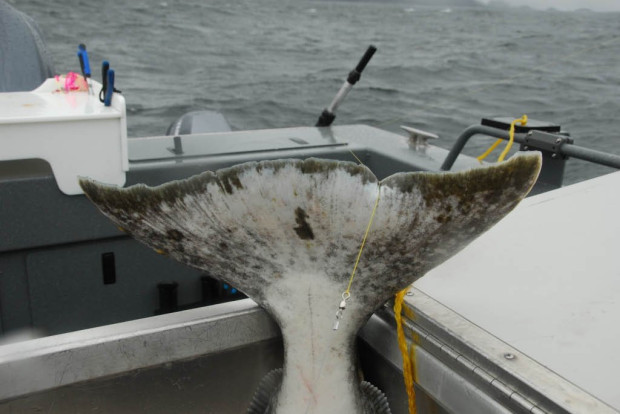
By Mark Yuasa
Many autumn on-water activities have hit the pause button due to the stormy weather this week, and now is the time to catch up by reviewing and looking ahead at halibut fisheries.
According to a Washington Department of Fish and Wildlife (WDFW) summary it appears the halibut season was fair to good this past spring and summer, and sport-fishing constituents, and state and federal agencies are now working on a preliminary season structure for 2022 that should be similar to 2021.
This is due to a new direction to create a more stable halibut fishery that began in 2019 and continues through 2022 off the coast, Strait of Juan de Fuca and Puget Sound.
“It makes things a lot easier when we have consistent quotas and initial opening dates that we can work with,” Heather Hall, a WDFW fish policy coordinator indicated. “This provides advance notice of season dates to allow anglers to plan rather than add dates in-season.”
The WDFW recently held a recreational halibut meeting to review, and identify and discuss proposed changes to the Pacific Fishery Management Council’s (PFMC) Catch Sharing Plan (CSP).
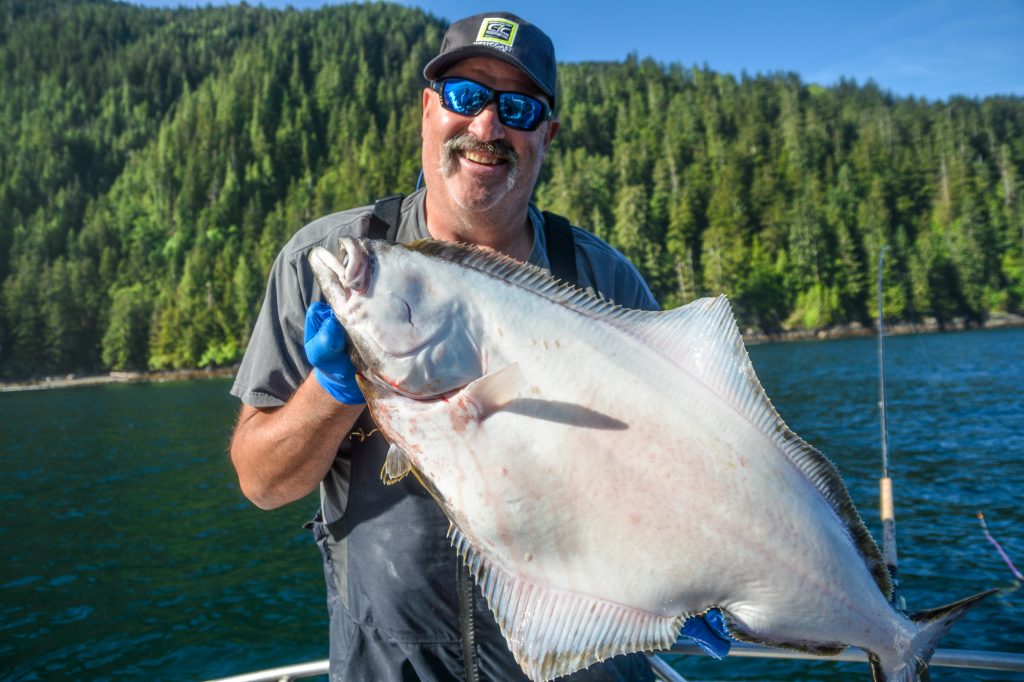
While most fisheries returned to pre-pandemic operations in 2021, the ports of Neah Bay and La Push were still affected by the ongoing pandemic. La Push was closed to the public through mid-July and Neah Bay remained closed.
This impacted public access off the northern coast, and led to a significant lower catch rate and shifted effort to other areas including Ilwaco and Westport.
In Puget Sound, halibut catches were lower than expected despite a boost in opportunity compared to previous seasons. Most of Puget Sound opened in mid-April, which was about a month earlier than recent seasons and a three day per week season structure up from two days per week in the past.
The lower catch rates allowed WDFW to reopen Puget Sound in late summer, after the originally scheduled fishing days concluded on June 30. The halibut fishery on the northern coast and Puget Sound reopened on Aug. 19 (fishing was allowed Thursdays through Saturdays) through Sept. 25.
Since a large portion of the catch quota remained for the northern coast and Puget Sound, it was later shared to provide additional all-depth fishing days at Westport and Ilwaco.
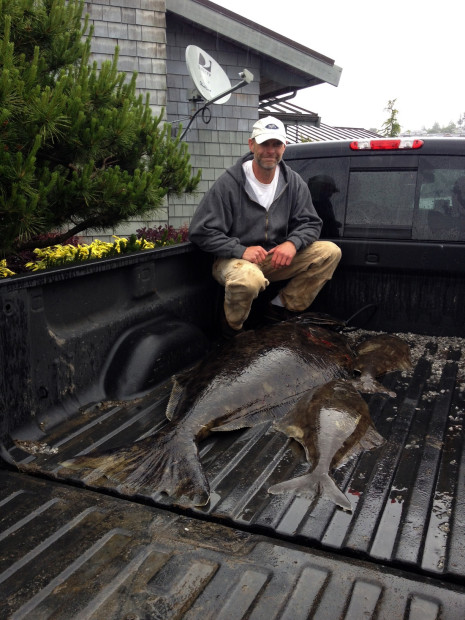
In recent years, the regulatory flexibility, allowed primarily because of the pandemic, has been critically important for achieving goals and will likely be an important tool in the future.
Looking ahead, during the Aug. 23 public meeting, stakeholders showed support of continuing with the general coastal season structure adopted in 2020, yet recognizing this structure hasn’t been fully implemented as intended because of the northern coastal port closures.
The discussion also included ideas to provide anglers more access to the Puget Sound allocation by opening even earlier in April in the eastern marine area, and having additional open days per week.
Additionally, a proposal was submitted by the Westport Charter Boat Association (WCBA) to consider opening the coastal subareas during May and June in a way that shares allocation for the first six weeks of the season to provide some stability by identifying fishing dates that will be open for all subareas at least during the first part of the season.
While there was support for tabling consideration of significant changes to the season structure for coastal subareas until all ports reopen to the public, there was also interest in providing an opportunity to review and discuss an analysis of an alternative season structure during the public review process.
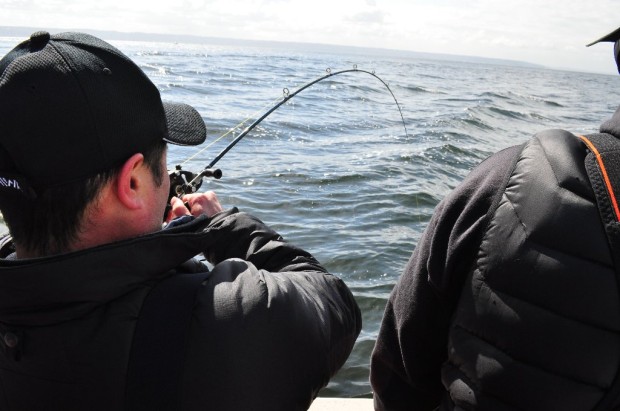
WDFW has worked with the National Marine Fisheries Service (NFMS) in recent years to implement the flexible management provisions in the CSP. As noted above, this flexibility has yielded substantial benefits.
Here is what we know to date about 2022 WDFW proposals:
For Puget Sound, the status quo fishery the past few years reflects specific dates coming to light by the end of November each year for the following year. Fishing seasons open in early May with flexibility to open in April. Seasons may open up to three days per week, which may include at least one weekday and one weekend day. This may include periodic closures to assess remaining quota for the subarea. If there’s sufficient quota, additional openings may be tacked on. The fishery will continue until the projected quota is taken, or Sept. 30, whichever comes first.
Under proposed changes by the WCBA a revision in the CSP language allows a season opening up to four or five days per week, and has been supported by Puget Sound stakeholders to allow more access to halibut fishing earlier in the year and on more days per week. Additional fishing days in August and September also generates an opportunity to harvest leftover quota after the early season ends in June. Fishing success is higher in Puget Sound earlier in the year, and stakeholders would like to see opportunity expanded for dates in April, May, and June.
Input also included potentially opening in the eastern portion of Puget Sound (Marine Catch Areas 6 to 10) as early as March to further improve success in an area where it has been challenging to take the full allocation in recent years.
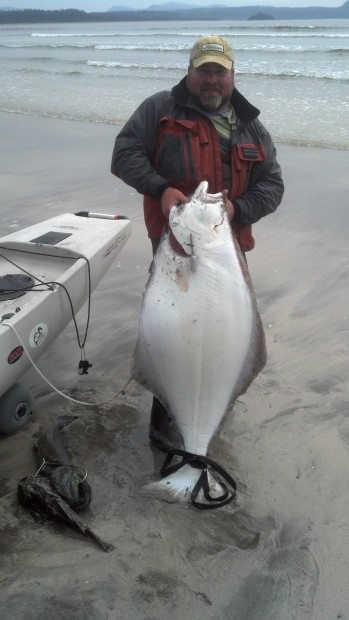
However, adequate sampling resources aren’t available to support opening in March but there was validation for opening the eastern portion as early in April as sampling resources will allow. It would not be necessary to change the CSP to open earlier in April.
At all coastal ports, the sport halibut allocation is divided between subareas. Seasons are structured to provide as much fishing opportunity in each subarea as possible without exceeding subarea allocations. It includes the flexibility to shift allocation between subareas to achieve the overall sport allocation.
The coastal status quo season structures are slightly different between each subarea (to accommodate a nearshore fishery in the Ilwaco and Westport areas) but the approach includes the following provisions for the primary season:
Season dates developed by the end of November each year for the following year, and seasons open in early May with the flexibility to open on April 30 in years when April 30 falls on a Thursday. Seasons may be open, up to three days per week, which may include at least one weekday and one weekend day. Season structure may include periodic closures to assess the remaining quota for the subarea. If sufficient quota remains, additional openings may be implemented. The fishery will continue until the quota is projected to be taken, or Sept. 30, whichever is earlier.
Proposed changes in addition to status quo is to analyze the season structure for Ilwaco, Westport, La Push and Neah Bay in these alternatives:
Under the following options, open the coastal subarea on the first Thursday in May, two days per week for the specified period or until the combined coastal subarea allocation is taken. Each subarea would be open one weekday and one weekend day. The weekday would be the same in all areas (lands on a Thursday) the weekend day could be different based on area preference (occurring on a Sunday off southern coast and Saturday off northern coast).
In the three proposed options the structure would indicate it be open for four, five or six weeks. If coastal subarea allocation remains after the initial weeks as described in those three options the balance will be distributed to the three coastal subareas consistent with status quo allocations. Additional fishing days will follow the Thursday plus one weekend day model.
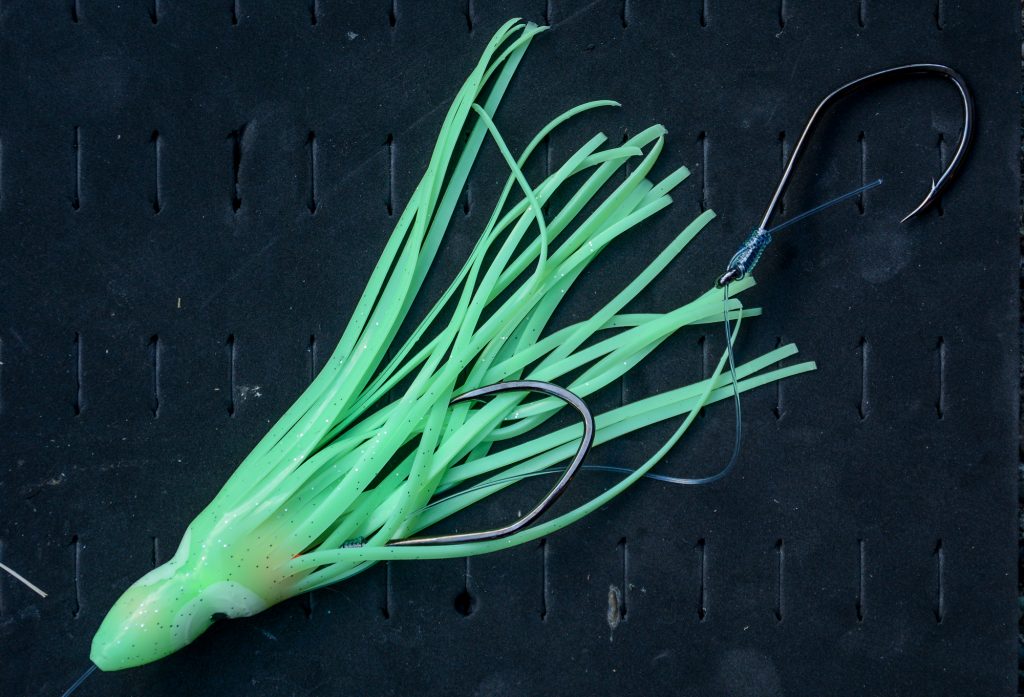
Fishing days will be identified as much as possible by the end of November each year for the following year.
According to the WDFW, the rationale behind this is continued flexibility to adjust season dates and transfer allocation between areas through in-season management is critical to ensuring meaningful sport seasons in all subareas, particularly if there are continued closures off northern coastal areas.
And while in-season management is valuable, stability is created for stakeholders and fishery managers when season dates are established and available to the public in advance.
Allocation percentages that divide the state’s sport quota between the three subareas were last addressed in the late 90’s and were primarily based on historic landings.
The coastal sport fishery has evolved dramatically since then, WDFW indicates, with changes in where vessels participate. While port closures resulting from the pandemic have impacted the distribution of effort recently, changing trends for halibut have been observed prior to that.
Stakeholders recognize that the timing for analyzing alternatives is challenged by ongoing port closures, but an analysis of alternatives during the public review process would provide an opportunity for additional discussion.
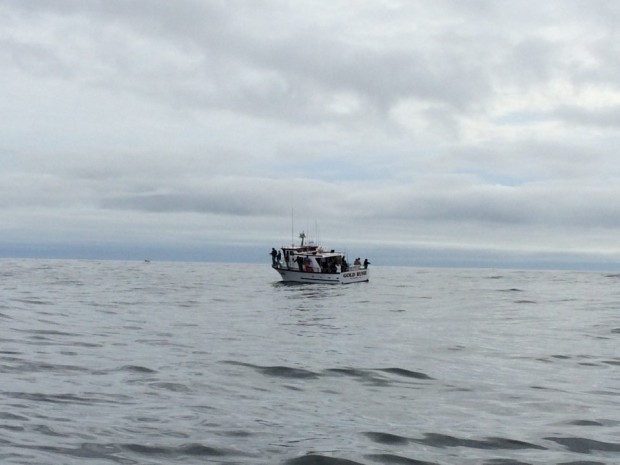
The 2021 total sport halibut catch quota for Washington was 287,083 pounds. A breakdown by area was 77,550 pounds for Puget Sound-Strait of Juan de Fuca fisheries; 128,187 for Neah Bay/La Push; 62,896 for Westport; and 17,950, plus 500 for a near-shore fishery off Ilwaco.
Initial halibut fishing dates in 2021, which doesn’t include add-on fisheries later in the season were:
Eastern Strait of Juan de Fuca/Puget Sound – Open April 22-May 22 and June 3-26 on Thursdays, Fridays and Saturdays; and May 28, 29 and 30. Western Strait of Juan de Fuca – Open May 6-22 on Thursdays and Saturdays; May 28, 29 and 30; and June 3-26 open Thursdays, Fridays and Saturdays. Neah Bay/La Push – Open May 6-22 and June 3-26 on Thursdays and Saturdays; and May 28 and 30. Westport – Open May 6-23 on Thursdays and Sundays; and May 27 only; and could reopen June 17, 20, 24 and 27 if catch quota remains. Ilwaco – Open May 6-23 and June 3-27 on Thursdays and Sundays; and May 27.
WDFW will share the proposed statements as well recommended fishing dates for 2022 with the PFMC in November including specific changes to the CSP language needed to accommodate a final recommendation.
The International Pacific Halibut Commission will meet in mid- to late-January of 2022 to review seasons and quotas from Alaska south to California. The National Marine Fisheries Service will make a final approval sometime in March or sooner.

